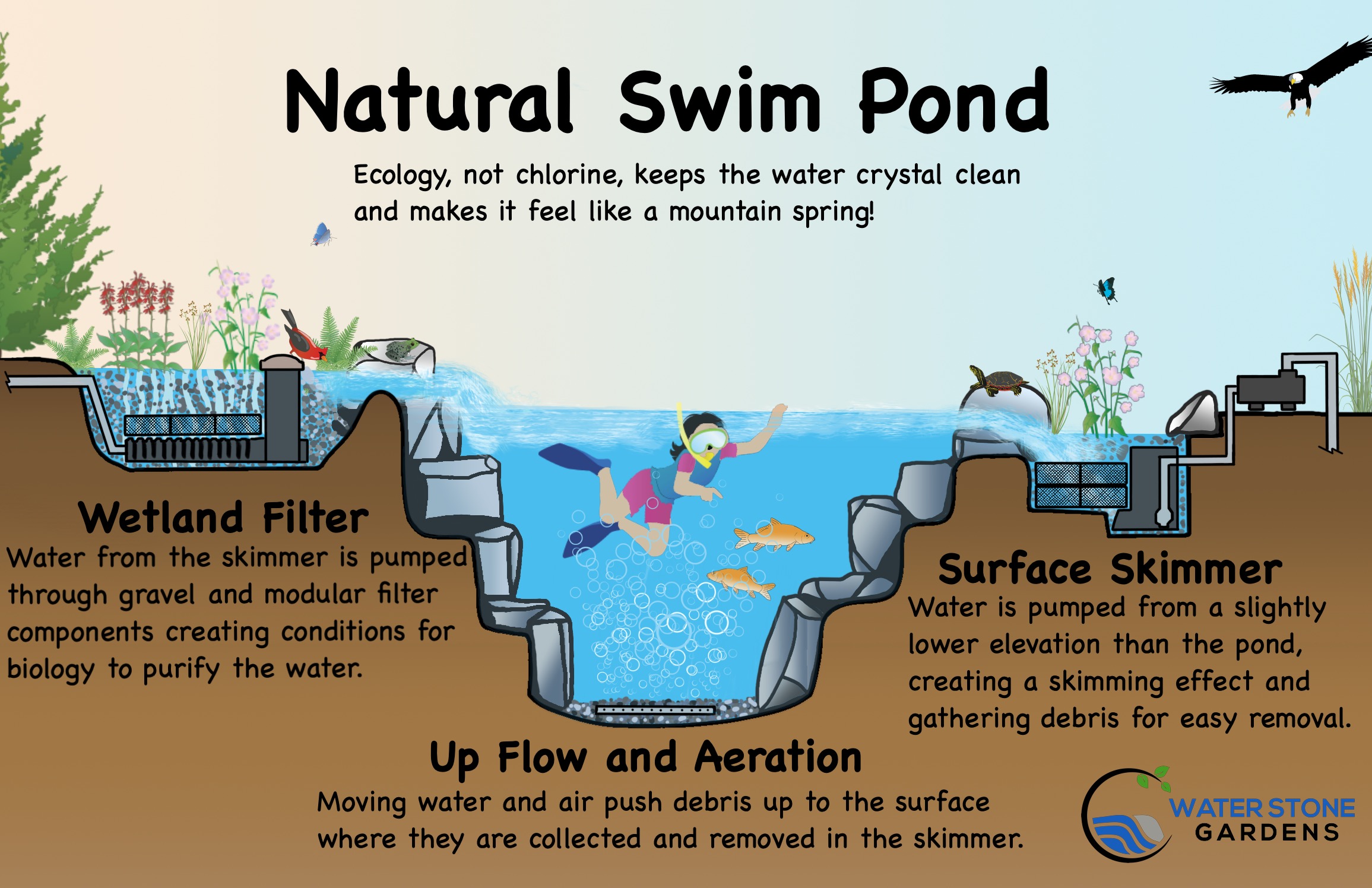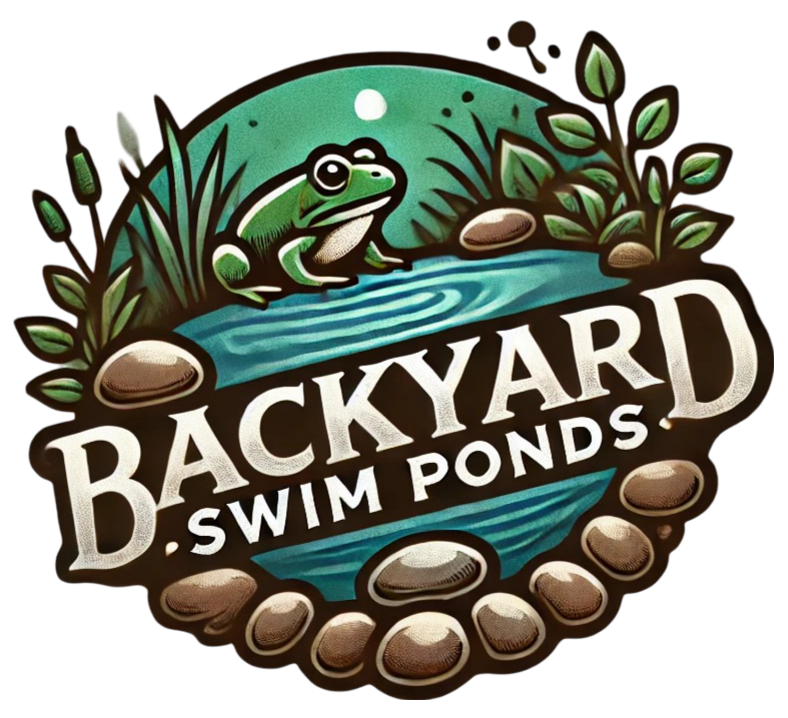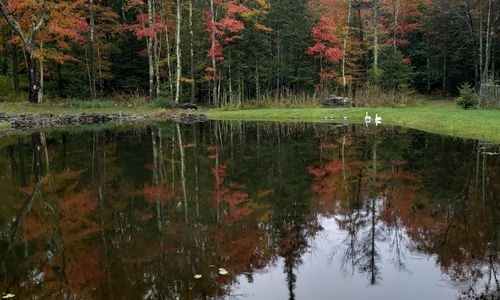As the popularity of natural swim ponds continues to grow, many homeowners are considering these ecological water features as alternatives to traditional swimming pools. Natural swim ponds not only provide a chemical-free swimming experience but also support local biodiversity. However, safety concerns inevitably arise when contemplating this option. This analysis will delve into the advantages and disadvantages of natural swim ponds, focusing on bacteria levels, drowning risks, maintenance costs, and environmental impacts. By understanding these factors, you can make an informed decision about whether a natural swim pond is the right choice for your backyard.
Understanding Natural Swim Ponds
Natural swim ponds are designed to replicate and harmonize with the surrounding ecosystem. They often employ biological filtration systems that use plants and microorganisms to maintain water quality. Unlike traditional chlorinated pools that rely on chemicals for sanitation, natural ponds leverage nature to create a safe swimming environment. With an increasing trend toward sustainable living, many view natural swim ponds as not just an option but a vital approach to enjoying a refreshing swim.
However, it’s essential to grasp the safety parameters associated with these ponds. Research indicates that while they provide ecological benefits, they may also harbor bacteria that pose health risks. For instance, the Centers for Disease Control and Prevention (CDC) report that natural water systems account for a significant number of drowning incidents, highlighting the importance of implementing precautionary measures.
Advantages
Natural swim ponds offer several benefits that make them an appealing option for eco-conscious homeowners.
-
Chemical-Free Environment: By avoiding harsh chemicals like chlorine, natural ponds reduce the risk of harmful runoff entering nearby water systems. This makes them better for both personal health and local ecosystems (Source: Ecohome).
-
Lower Long-Term Maintenance Costs: While the installation costs can be high—averaging around $100,000—ongoing maintenance is generally less intensive. These ponds can often maintain themselves due to fewer required interventions. As Cristina Miguelez from Fixr.com puts it, “well-built natural pools essentially maintain themselves” (Source: Fixr).
-
Enhanced Biodiversity: Natural ponds create habitats that encourage the growth of native plant and animal species, contributing to local biodiversity. They attract various wildlife, including beneficial insects and amphibians, helping to balance the ecosystem (Source: Nature’s Pond Care).
-
Reduced Water Use: Research from Ecohome shows that natural swim ponds typically require less maintenance water than traditional pools, aiding overall conservation efforts (Source: Ecohome).
Insert image of a natural swimming pond showcasing environmental benefits:
Natural swimming pond with diverse native plant species contributing to local biodiversity (Source: Nature’s Pond Care)
Disadvantages
Despite these advantages, natural swim ponds also present certain challenges.
-
Safety Concerns: One of the biggest drawbacks is the potential for harmful bacteria such as E. coli and fecal coliform, which can lead to health risks. A Canadian study highlighted that some natural pools need extra treatment to meet safety benchmarks for enteric pathogens (Source: research data).
-
Drowning Risks: According to the WHO, natural water bodies account for more than 90% of global drowning deaths. Factors like unpredictable environmental conditions and the absence of lifeguards heighten the risk of drowning in natural swim ponds (Source: research data).
-
Algae Growth: Natural swim ponds can be prone to algae overgrowth, especially during warm months, potentially affecting water clarity and necessitating more frequent maintenance (Source: research data).
-
Regulatory Challenges: Navigating local regulations for natural swim ponds can be complex. Depending on where you live, specific permits may be required, which can complicate the installation process (Source: The Spruce).
Insert image of drowning statistics infographic:

Infographic presenting drowning statistics and prevention measures (Source: Children’s Safety Network)
Safety and Maintenance Practices
Maintaining safety in your natural swim pond involves adopting good maintenance practices. Regular skimming, debris removal, and proper plant management are key to maintaining water quality.
-
Scheduled Upkeep: You should plan for routine maintenance means regular skimming and plant trimming. While it might seem labor-intensive, it’s essential for keeping the water clean and preventing bacteria buildup (Source: research data).
-
Filtration Systems: A well-designed natural swim pond includes biofilter elements that use gravel and aquatic plants to clean the water (Source: Ecohome). It’s important to understand how effective these systems are based on your local climate.
-
Maintenance Comparison: Although natural ponds may require less frequent maintenance than chlorinated pools, the nature of that upkeep differs significantly. Traditional pools often require regular chemical treatments, while natural ponds rely on ecological balance (Source: The Pool Butler).
Insert image showing a homeowner maintaining a natural swimming pond:

Homeowner cleaning natural swimming pond with nets and brushes during maintenance (Source: Aquascapes)
Cost Analysis
When you consider the financial aspects of installing a natural swim pond, it’s vital to evaluate costs over time.
-
Initial Investment: The upfront costs for a natural swimming pond typically range between $75,000 and $150,000, depending on landscaping and features. For many homeowners, this initial investment can be a concern (Source: research data).
-
Long-Term Financial Benefits: Operating costs for a natural pond usually fluctuate between $4 and $6 per day during the swimming season and primarily depend on electricity usage for pumps (Source: research data). Compared to traditional pools, natural ponds save money on chemicals and utilities.
-
Annual Maintenance Costs: The average annual maintenance costs for natural swimming ponds fall between $810 and $2,625, significantly lower than traditional pools, which can cost between $350 and $1,050 annually (Source: research data).
Insert image showing chart comparing annual maintenance costs of natural swimming ponds versus traditional pools:

Chart showing annual maintenance costs comparison between natural swimming ponds and traditional pools (Source: Fixr)
Environmental Impact
Natural swim ponds offer both ecological benefits and potential challenges that you should consider.
-
Positive Effects: Natural ponds significantly contribute to local biodiversity by sequestering carbon and providing habitats for various species. They generally require less energy to maintain and help improve water conservation efforts (Source: Ecohome).
-
Negative Effects: Conversely, poorly maintained ponds can give rise to algal blooms and may introduce non-native species into the local ecosystem. The effectiveness of their biological filtration systems can also vary significantly based on climate conditions, which presents challenges in extreme environments (Source: research data).
Insert image showing wildlife thriving around a natural swimming pond:

Frogs and birds around a natural swimming pond, demonstrating positive wildlife impacts (Source: Nature’s Pond Care)
Navigating Regulations and Permits for Natural Ponds
Before you install a natural swim pond, understanding the necessary local regulations is crucial.
-
Local Variation in Permitting: It’s important to verify your local laws, as permitting requirements can vary considerably by region. Some jurisdictions may even require environmental assessments for pond installations (Source: research data).
-
Safety Standards: Regulations often enforce safety standards similar to those for traditional pools, including fencing and lifeguarding requirements (Source: The Spruce).
-
Compliance Challenges: Achieving compliance with local regulations can be complex and typically requires consultation with professionals who have experience in natural pool installations, which can add to your overall costs.
Insert image of city council discussing local regulations for natural swimming ponds:

City council members discussing local regulations on the installation of natural swimming ponds (Source: YouTube)
Real Experiences: Testimonials from Natural Pond Owners
Hearing from current pond owners can provide valuable insights into the practicality and enjoyment these ponds can offer.
-
Success Stories: Many owners have experienced immediate aesthetic and recreational benefits, savoring the serene environments and local wildlife their ponds attract. One owner shared, “It has become a sanctuary for us and our neighborhood wildlife” (Source: Nature’s Pond Care).
-
Overcoming Challenges: Transitioning to a natural pond may introduce some difficulties, such as managing algae during peak summer months, but many believe the ecological rewards outweigh these challenges.
-
Overall Satisfaction: Feedback reflects high satisfaction levels regarding maintenance and the swimming experience, with owners often noting significant reductions in long-term costs due to lower chemical usage and upkeep.
Insert image of satisfied pond owner testimonial:

Image featuring a testimonial from a satisfied pond owner (Source: Nature’s Pond Care)
Final Thoughts: Making the Decision for Your Backyard
Choosing to install a natural swim pond requires careful consideration of various factors, including safety, maintenance, costs, and environmental impacts.
-
Thorough Evaluation: Before starting this project, assess your local regulations and your personal situation. Analyze the pros and cons highlighted here to tailor your approach accordingly.
-
Consider Your Environment: Take into account the local biodiversity and the potential impacts of climate as you decide. Thoughtful planning can help mitigate many of the risks associated with maintenance.
-
Your Unique Needs Matter: Ultimately, the features that suit one homeowner may not be ideal for another. Striking a balance between aesthetics, functionality, and sustainability will help you identify the right aquatic feature for your backyard.
In conclusion, natural swim ponds present a combination of benefits and challenges that deserve careful consideration. By understanding these factors, you can confidently make a decision that aligns with your eco-conscious goals while providing a safe and enjoyable swimming experience.

